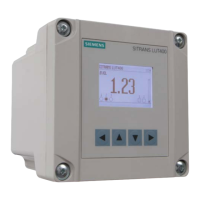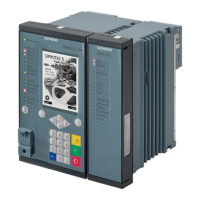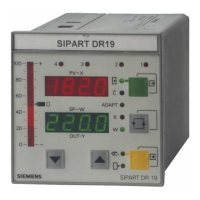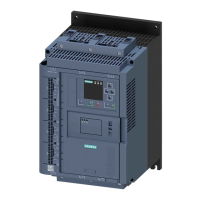A5E33329501 SITRANS LUT400 (HART) – OPERATING INSTRUCTIONS Page 73
mmmmm
General Operation
Volume
Volume is used in two situations:
1. Calculate and display volume instead of level.
2. Calculate pumped volume to accomplish the following:
• Totalize the volume of material that is pumped out of the wet well
Readings
When using volume, readings are given in units specified in
2.6.2. Volume Units
.
Vessel Shape and Dimensions
There are many common vessel shapes to select from. (See
2.6.1. Vessel Shape
. If
possible, use one of these.) Each vessel shape uses the
2.2.1. Low Calibration Point
in its
calculations of volume.
Some vessel shapes also require extra dimensions to calculate the volume. Do not
estimate these values. They must be correct to ensure the accuracy of your volume
calculations.
Example:
To configure volume for a vessel with a half-sphere bottom, set
the following:
Characterization chart
If you cannot use a pre-defined vessel, then use one of the universal vessel shapes and
program the characterization curve.
1. Plot a volume to height chart. Usually a vessel supplier will provide this chart.
However, if you have a custom-built vessel, then you will need access to complete
drawings of the well or accurate measurements.
Parameter
Sample
Value
Description
2.6.1. Vessel Shape
HALF SPHERE
BOTTOM
selects the correct vessel shape
2.6.3. Maximum Volume
100 sets maximum volume at 100 (defined in
2.6.2. Volume Units
)
2.6.4. Dimension A
1.3 sets dimension A to 1.3 m
Notes:
• The default reading changes to a range from 0 to 100
• The process empty value is still measured to the bottom of the vessel (
2.2.1.
Low Calibration Point
plus any
2.2.5. Far Range
value), not the top of
Dimension A.
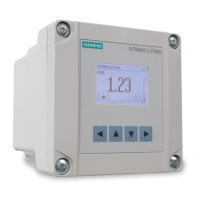
